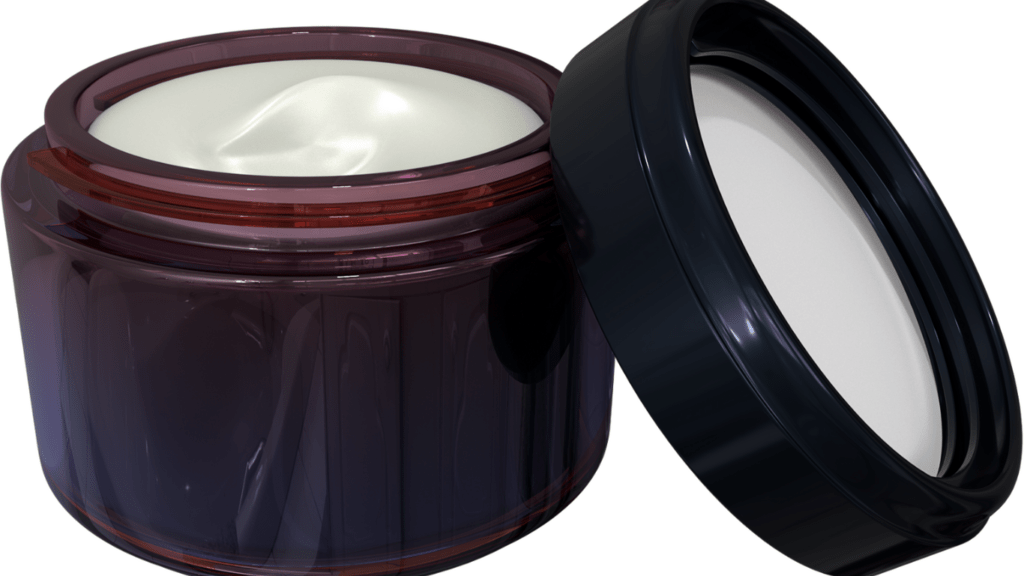Kidneys
Renal organs Beanshaped organs located on either side of the spine, below the ribcage Function as filters, removing waste products and excess substances from the blood to form urine Regulate electrolyte levels, blood pressure, and acidbase balance
Ureters
Urinary tubes Long, narrow tubes connecting the kidneys to the bladder Transport urine from the kidneys to the bladder through peristaltic contractions Prevent backflow of urine from the bladder to the kidneys by employing oneway valves
Bladder
Storage organ Hollow, muscular organ located in the pelvis Stores urine produced by the kidneys until it is eliminated from the body Expands and contracts to accommodate varying urine volumes
Urethra
Urinary tract opening Narrow tube that connects the bladder to the outside of the body Functions as the exit point for urine excretion Longer in males than in females, serving as a passage for both urine and semen
Understanding the functions and interplay of these components is essential for comprehending the urinary system’s intricate processes. By correctly labeling the kidneys, ureters, bladder, and urethra, we can appreciate how each part contributes to maintaining overall health and wellness. Whether reflecting on the intricate filtration mechanisms of the kidneys or the storage capabilities of the bladder, each component plays a vital role in the efficient functioning of the urinary system.
In summary, the kidneys act as crucial filters, the ureters serve as transport conduits, the bladder functions as a storage reservoir, and the urethra acts as the final pathway for urine excretion. This comprehensive understanding of the urinary system’s components facilitates a deeper appreciation for the body’s ability to eliminate waste and maintain internal equilibrium.


 Product Review Expert
Marta is the product guru of the team, with a keen eye for discovering the best hair care products available. She meticulously tests and reviews shampoos, conditioners, styling tools, and treatments to give readers honest, in-depth insights. Marta’s expertise ensures that only the highest quality products are recommended, making her reviews an essential guide for anyone looking to invest in their hair care routine.
Product Review Expert
Marta is the product guru of the team, with a keen eye for discovering the best hair care products available. She meticulously tests and reviews shampoos, conditioners, styling tools, and treatments to give readers honest, in-depth insights. Marta’s expertise ensures that only the highest quality products are recommended, making her reviews an essential guide for anyone looking to invest in their hair care routine.
